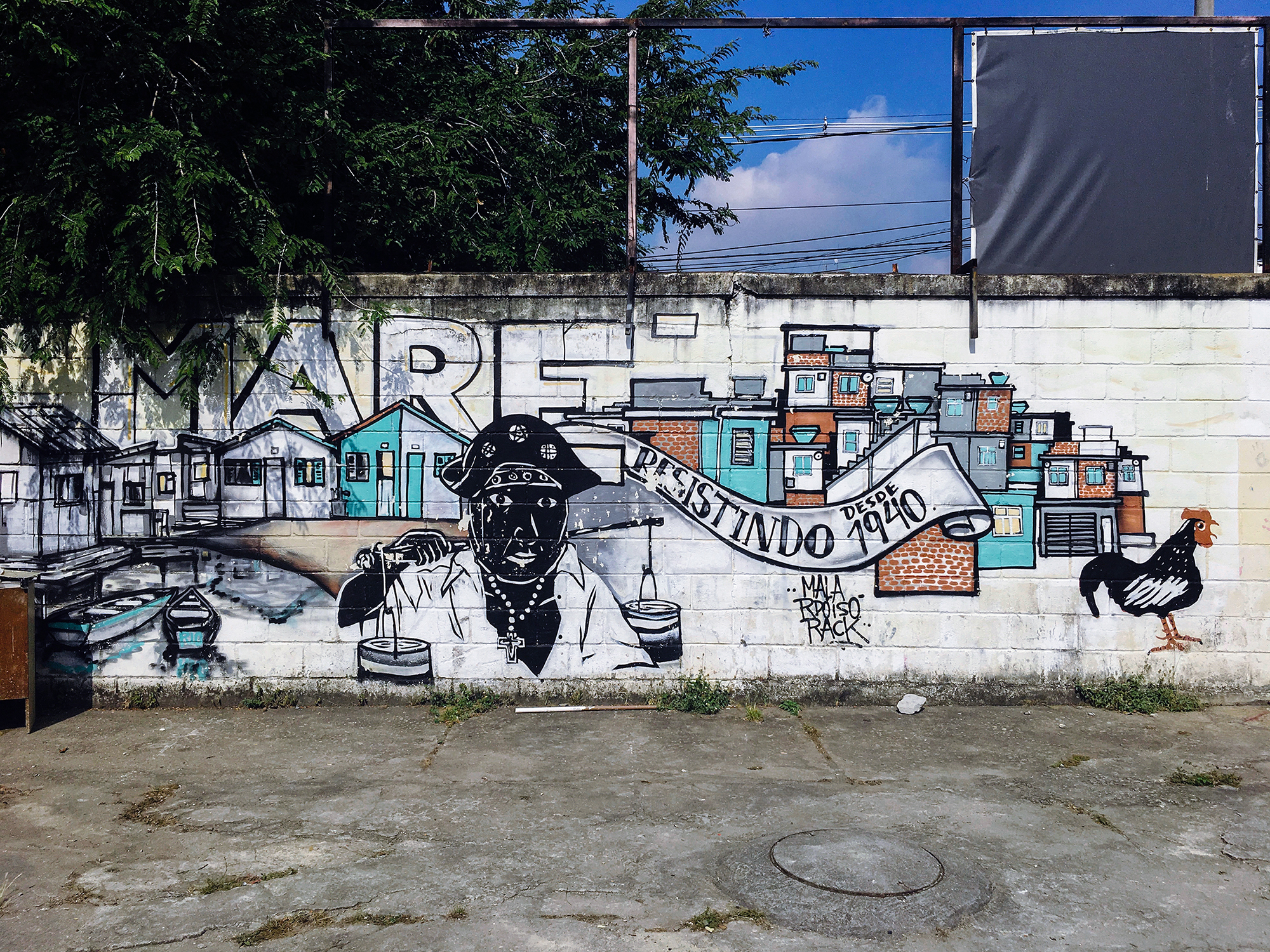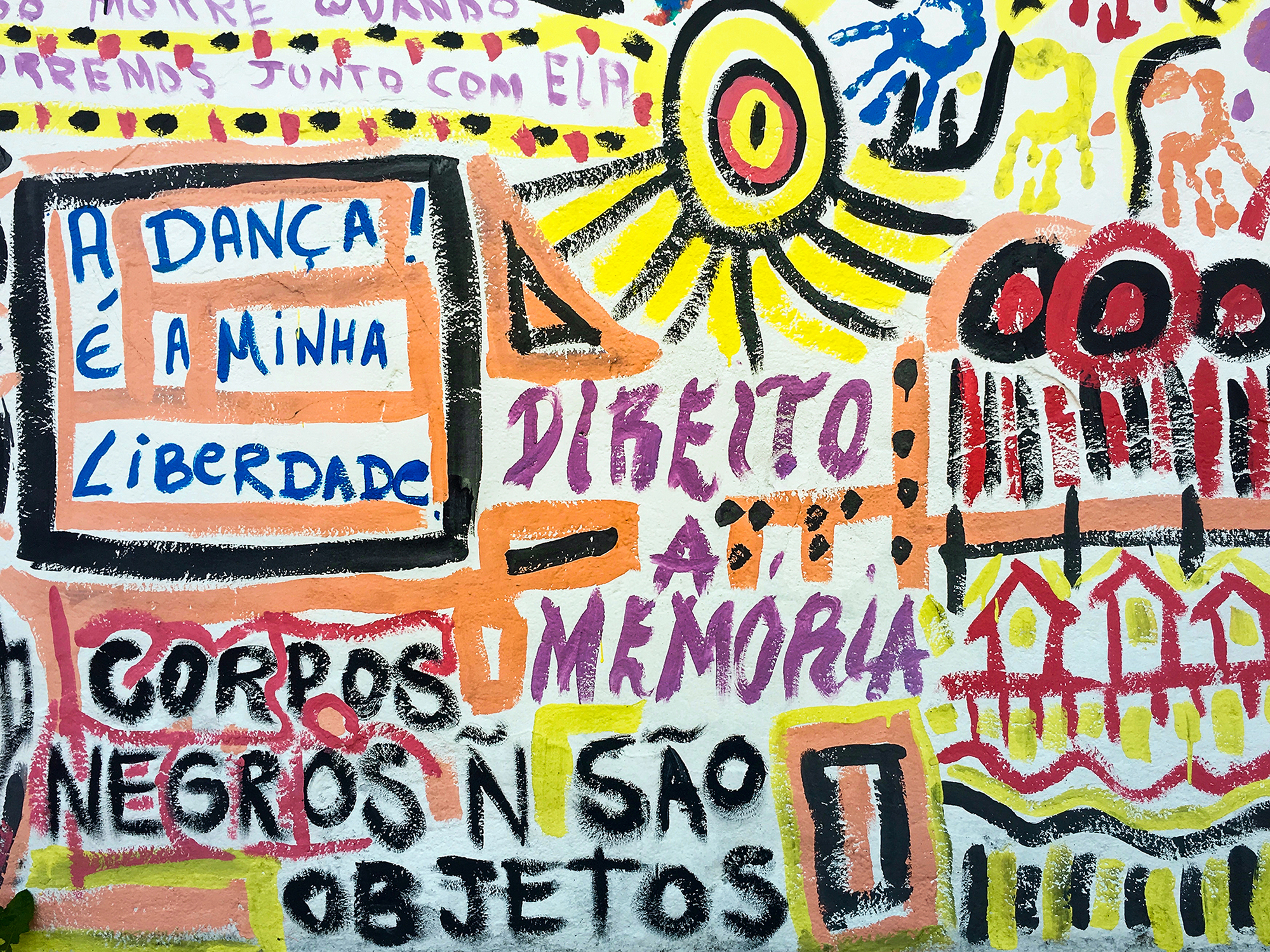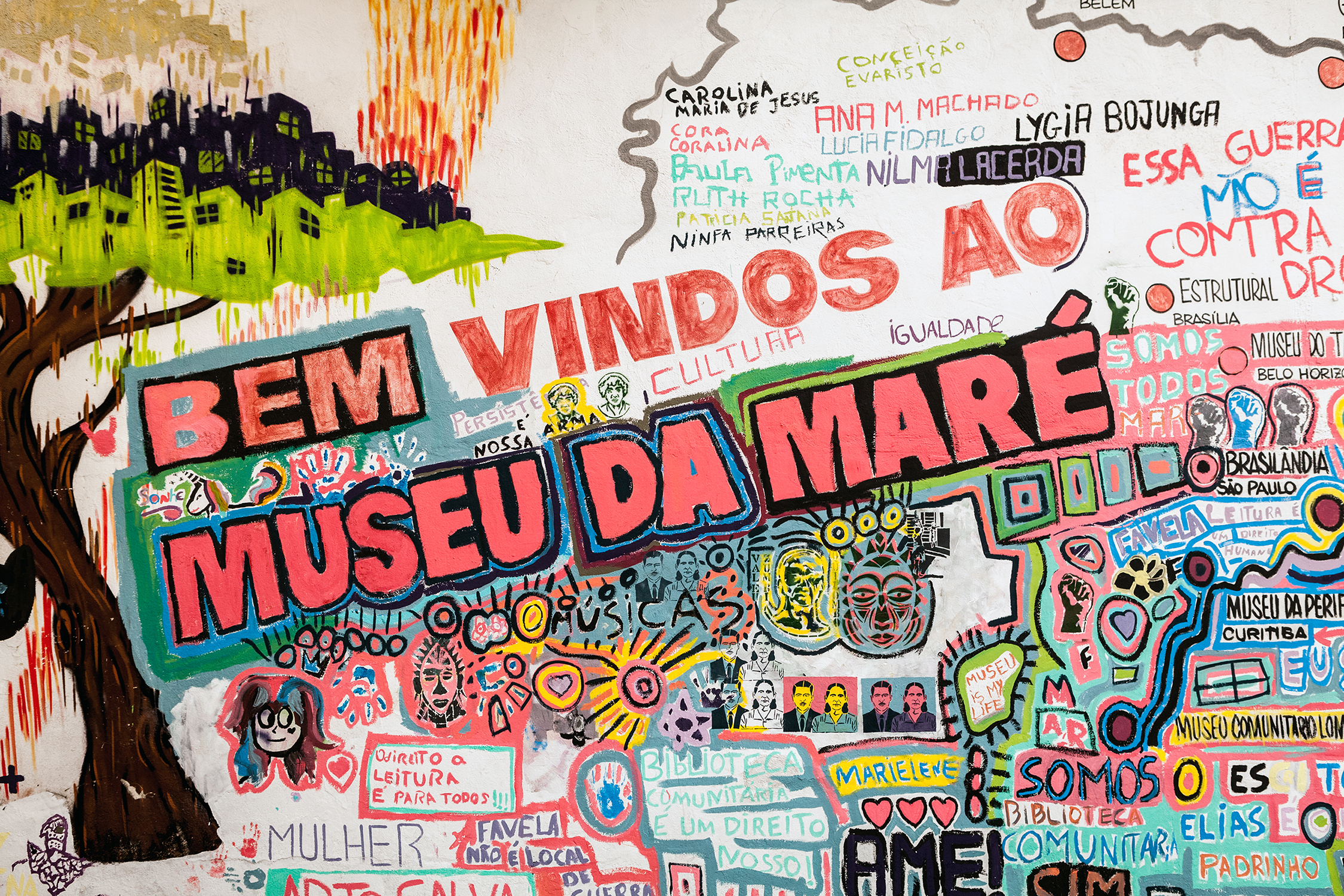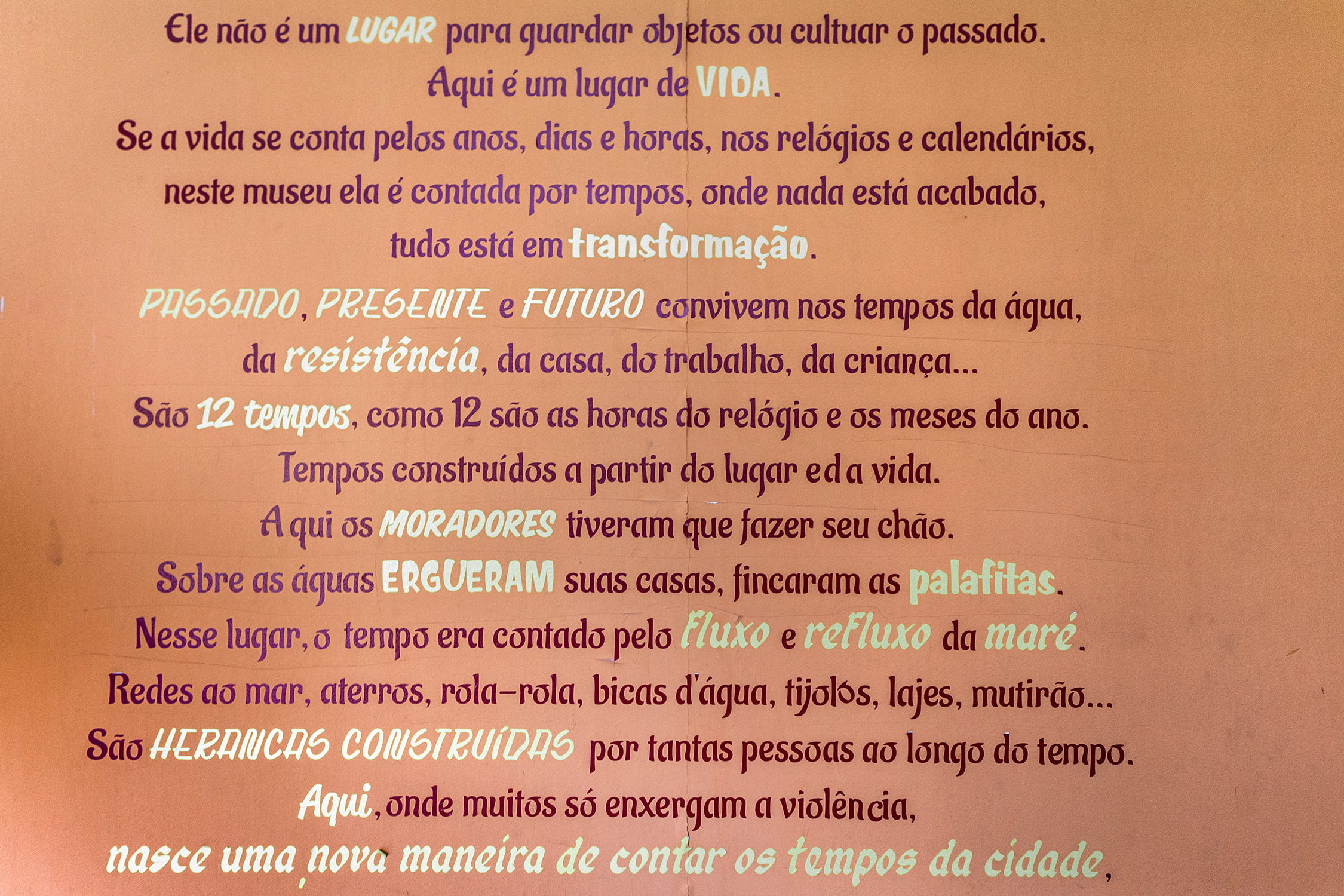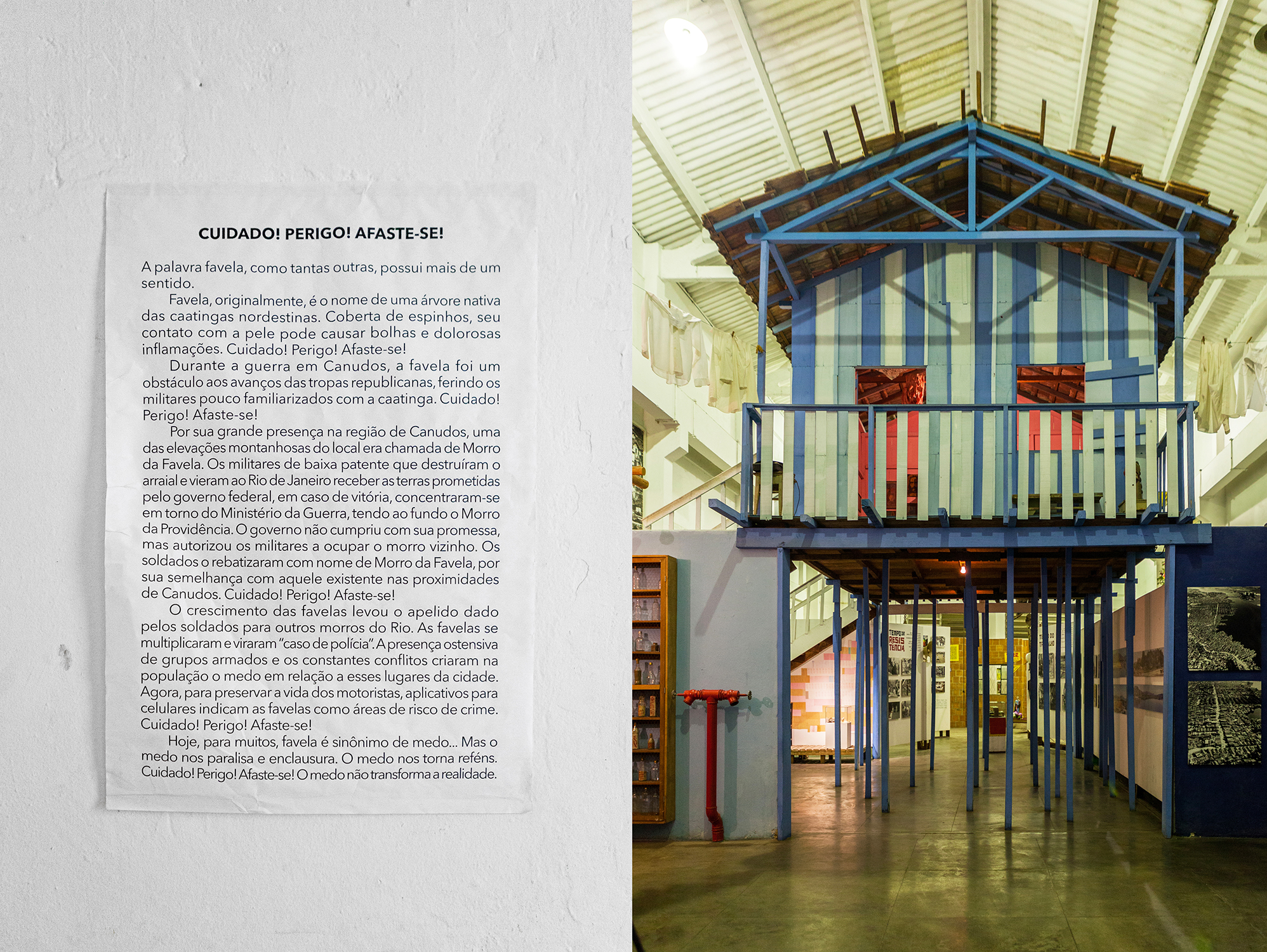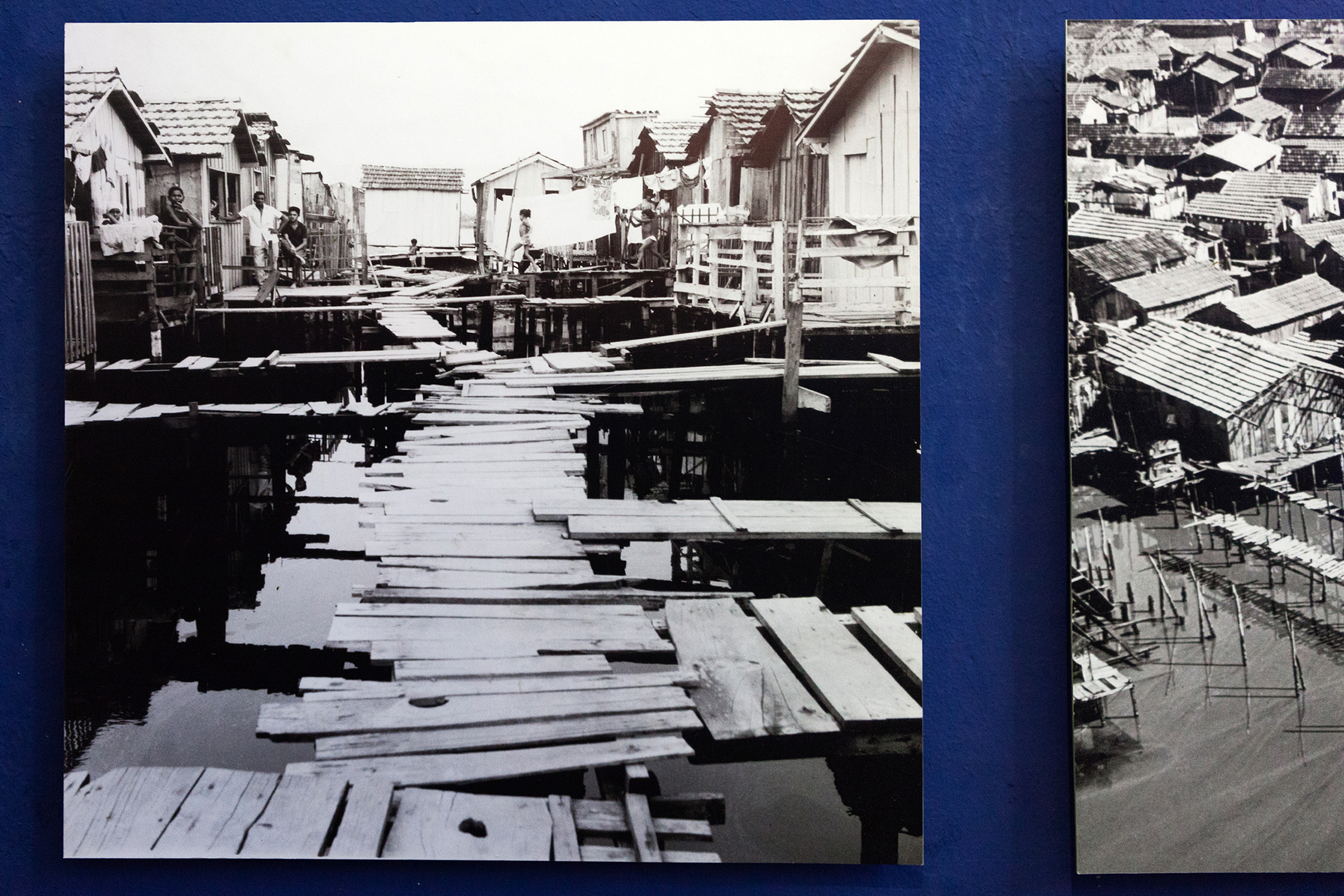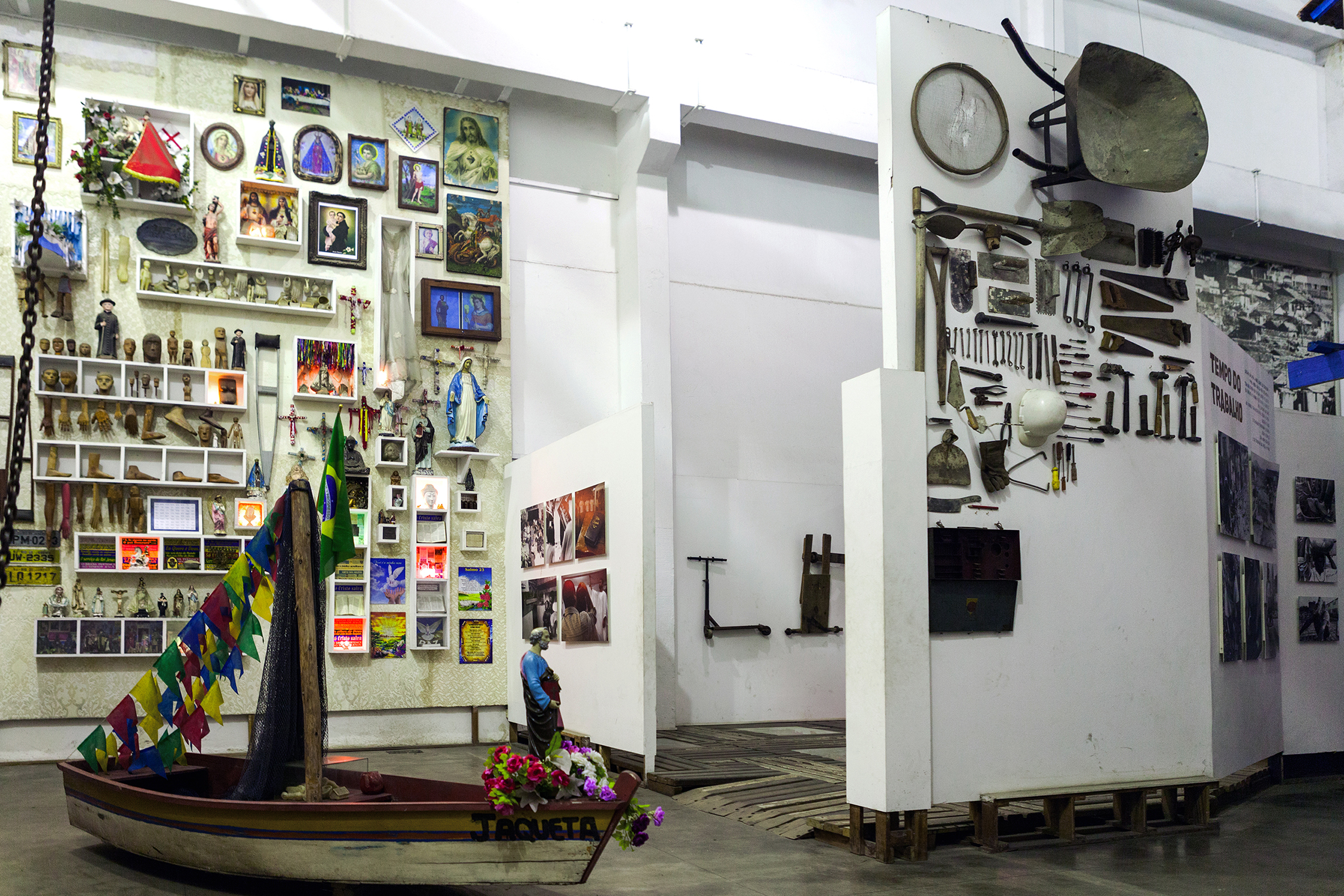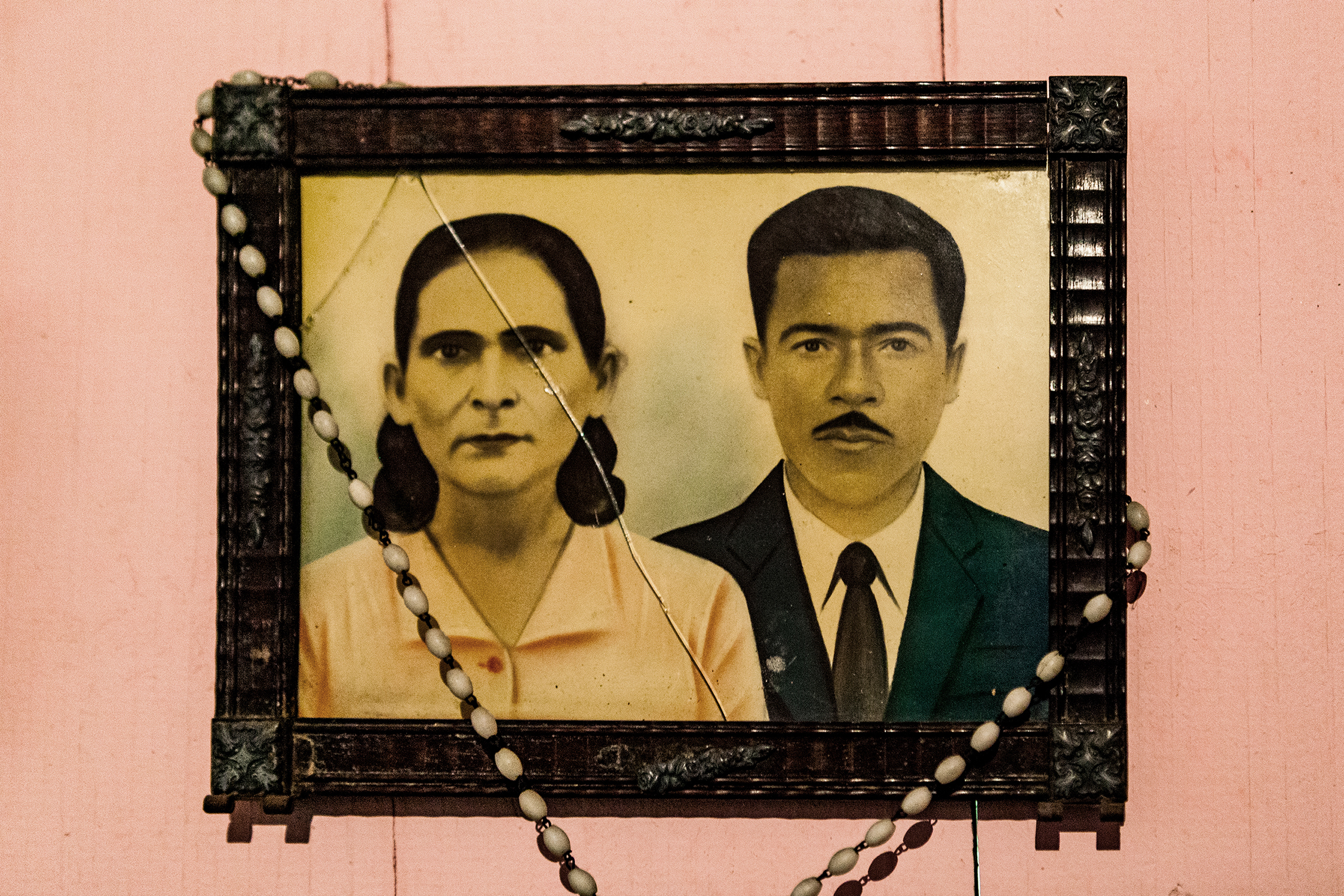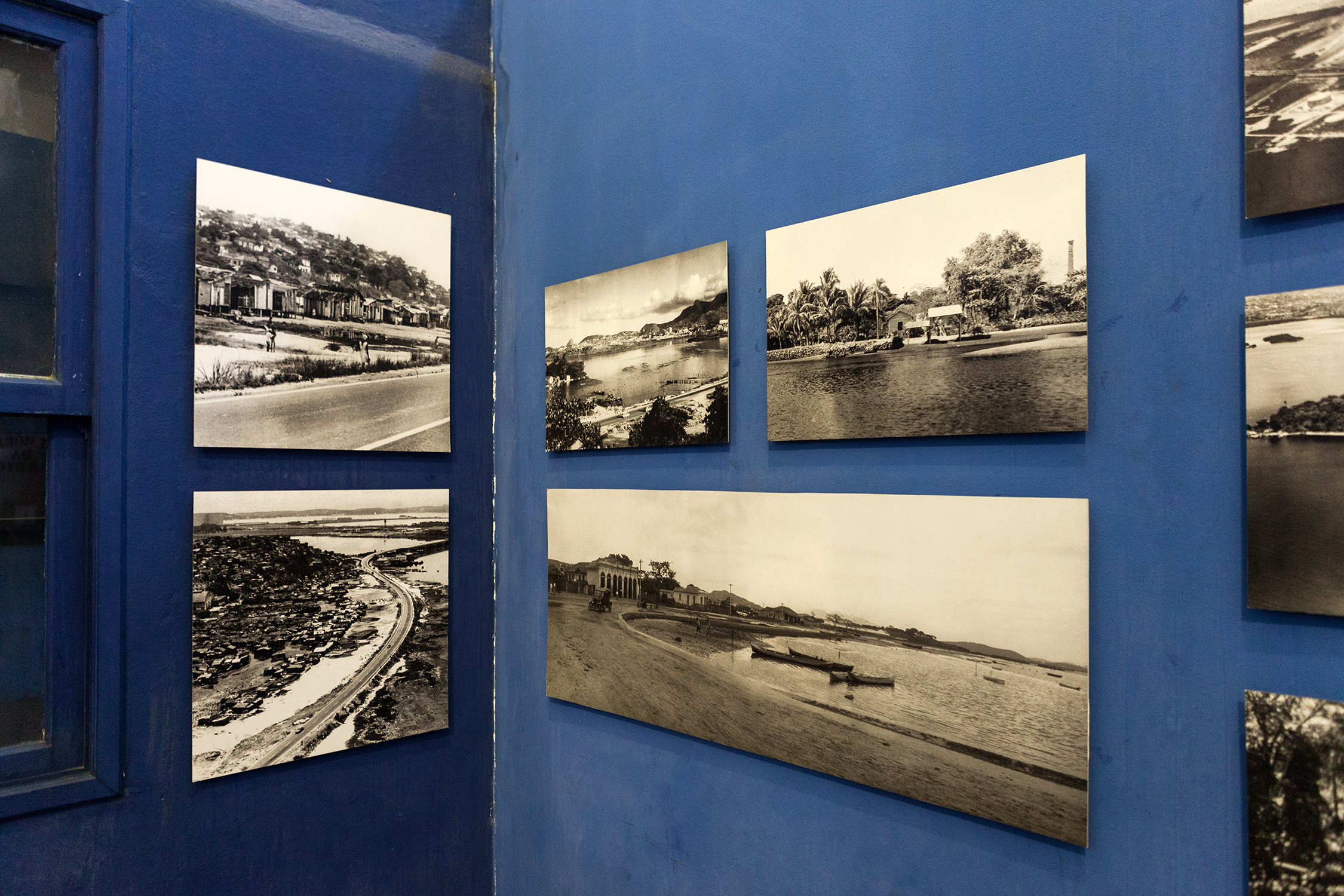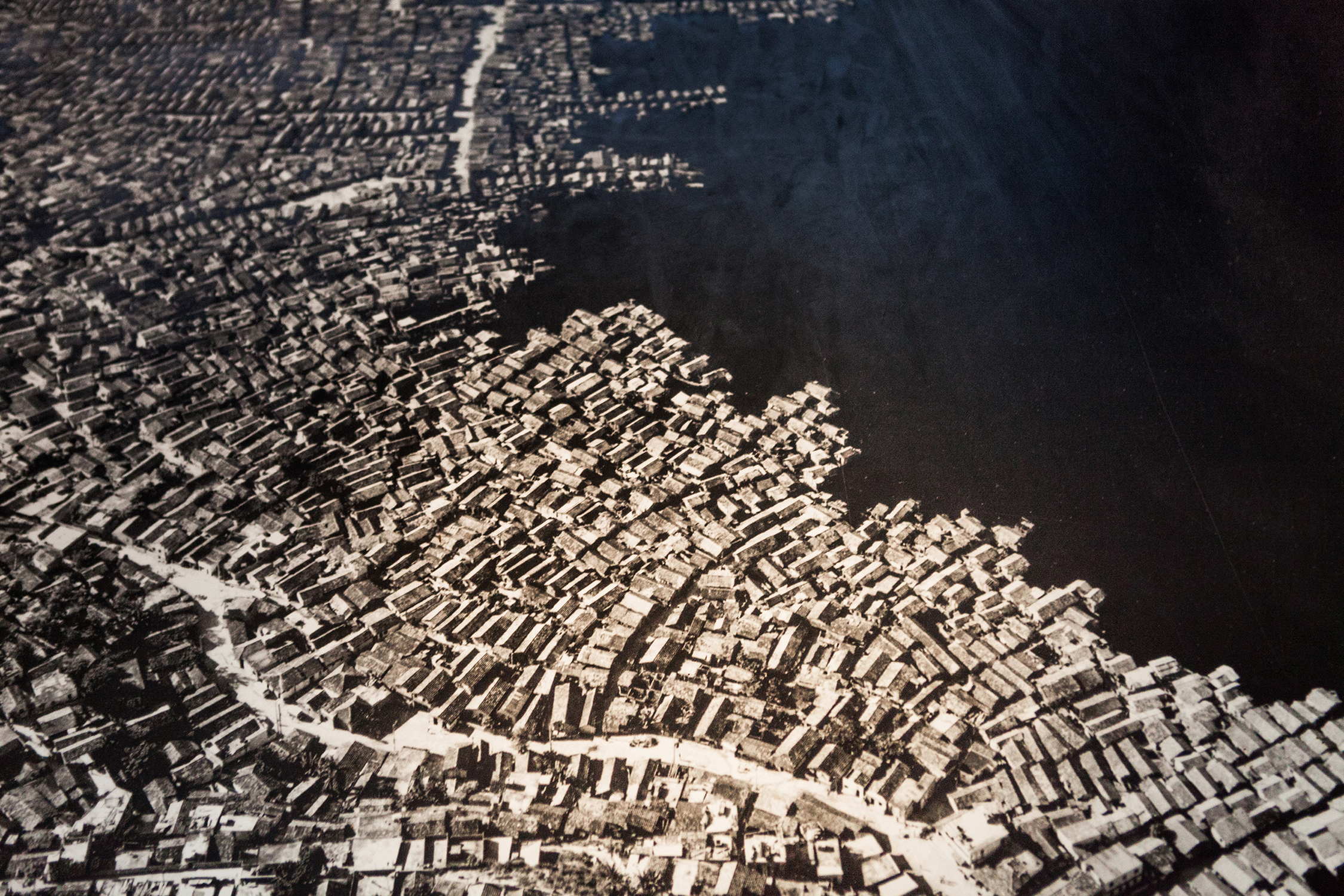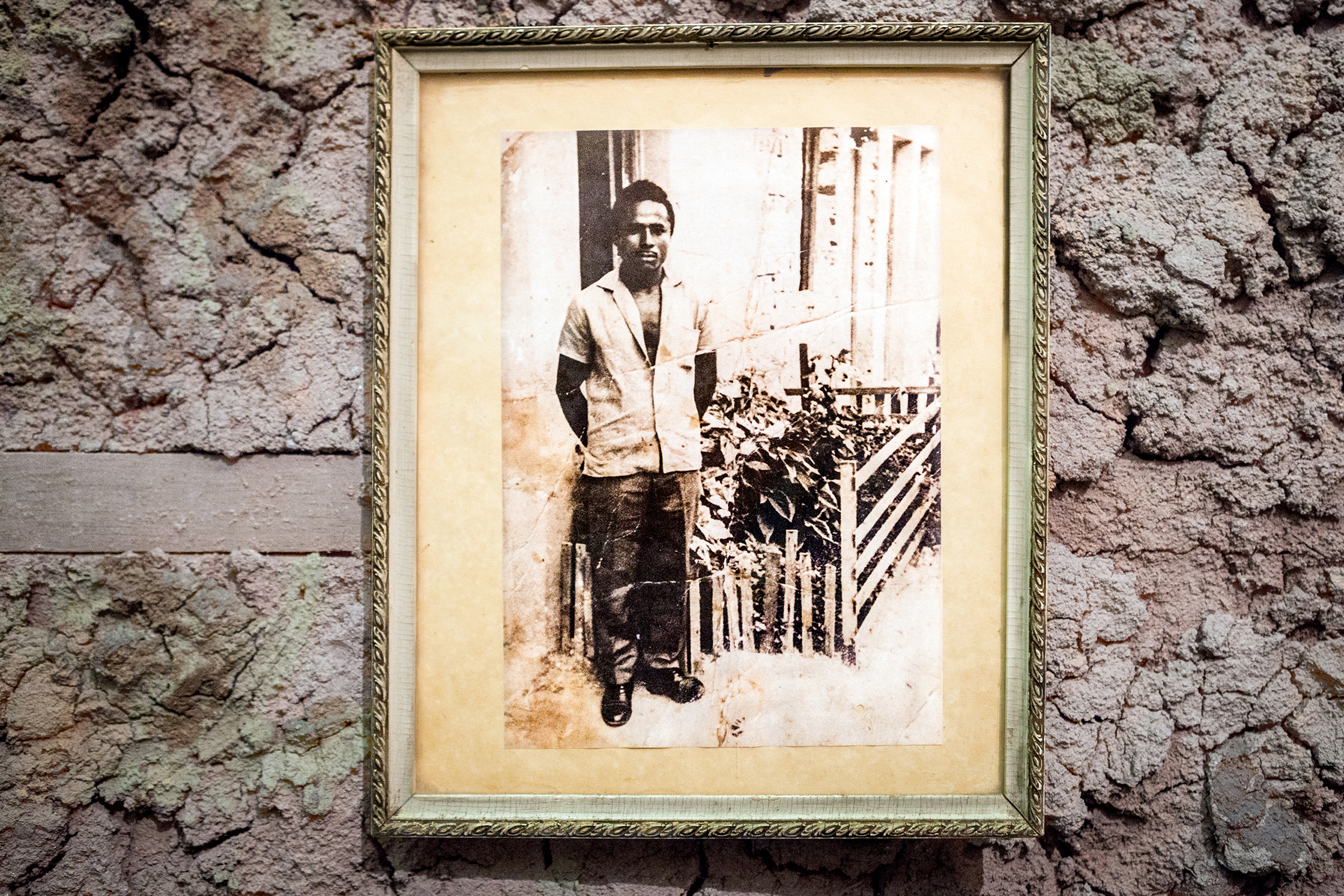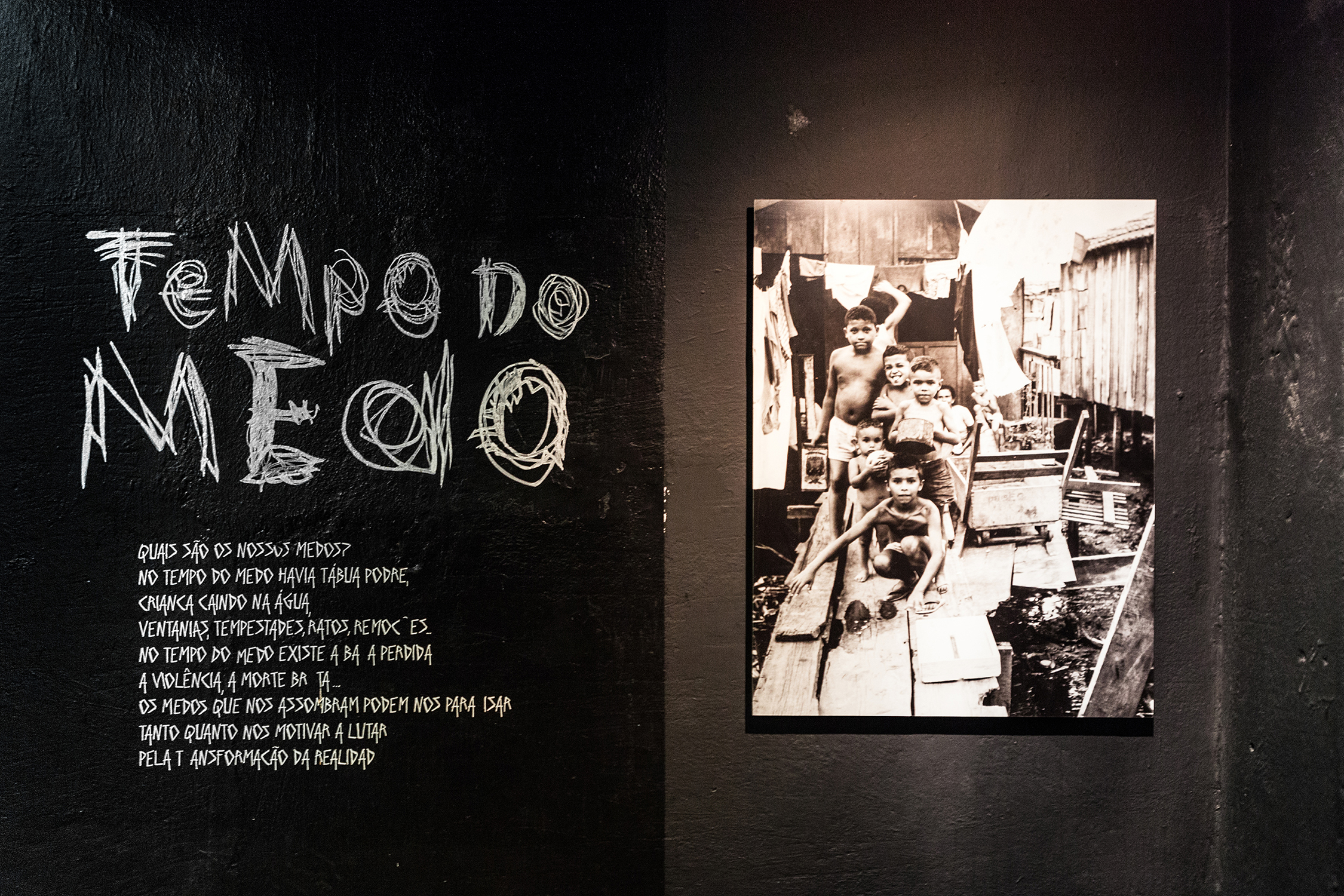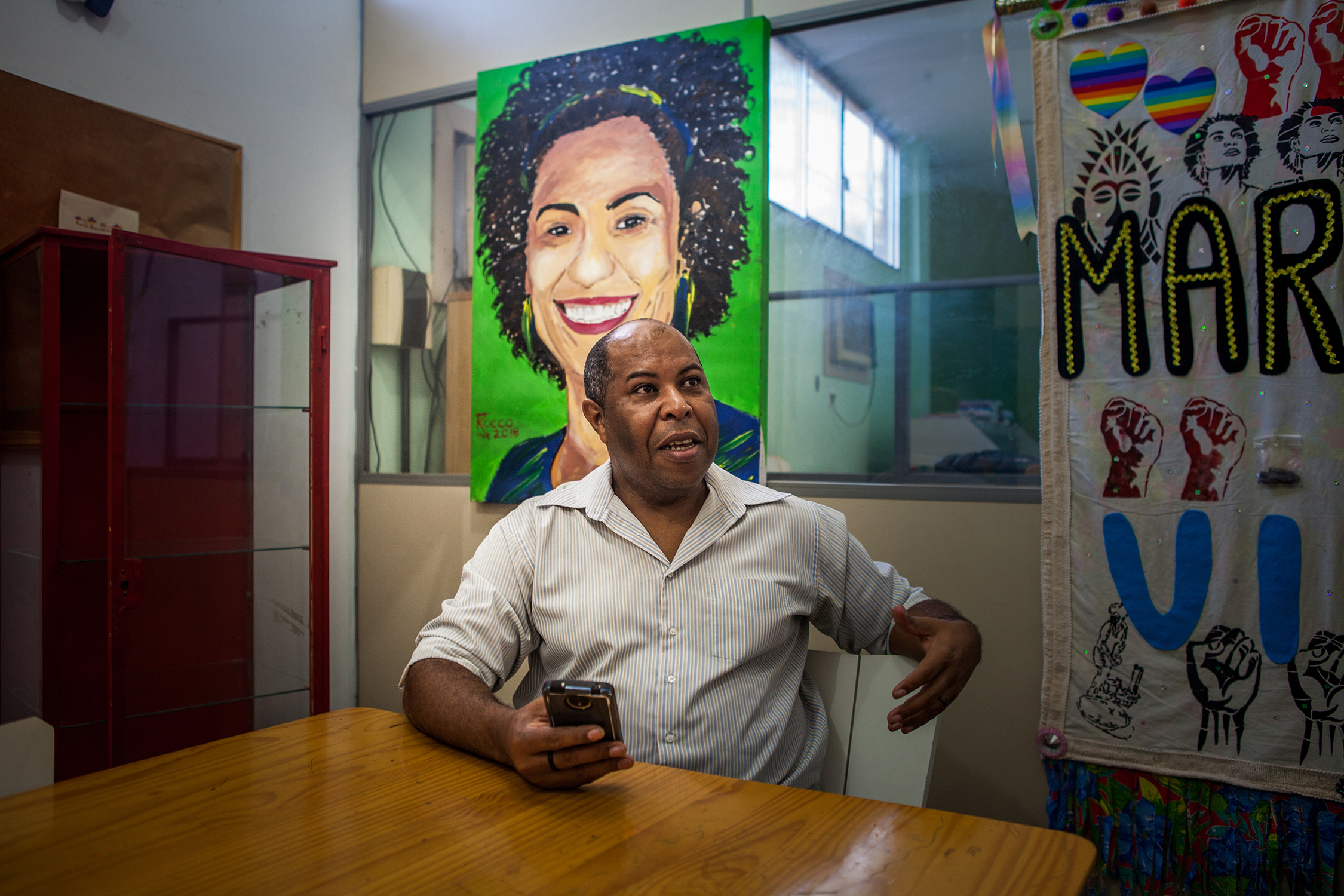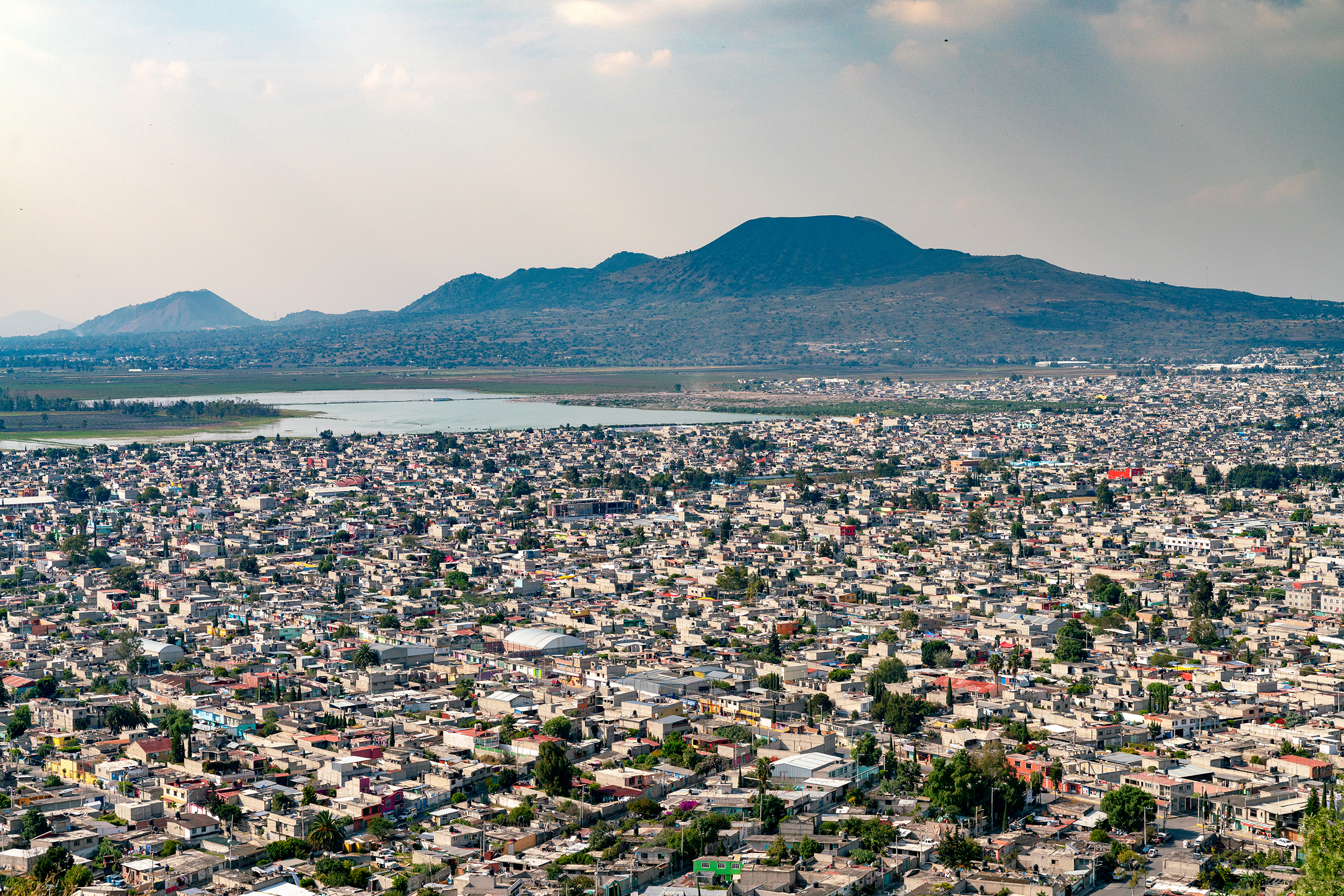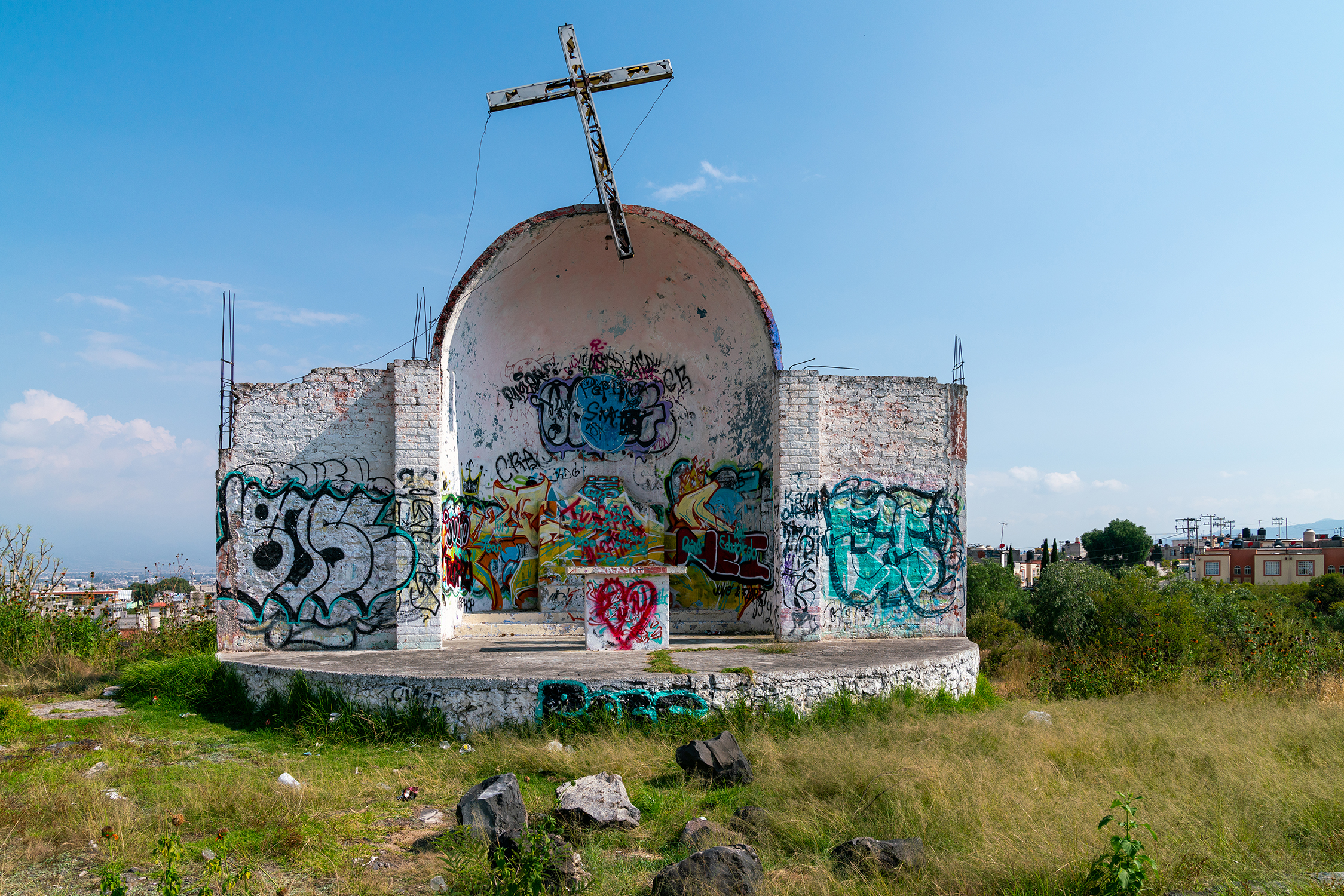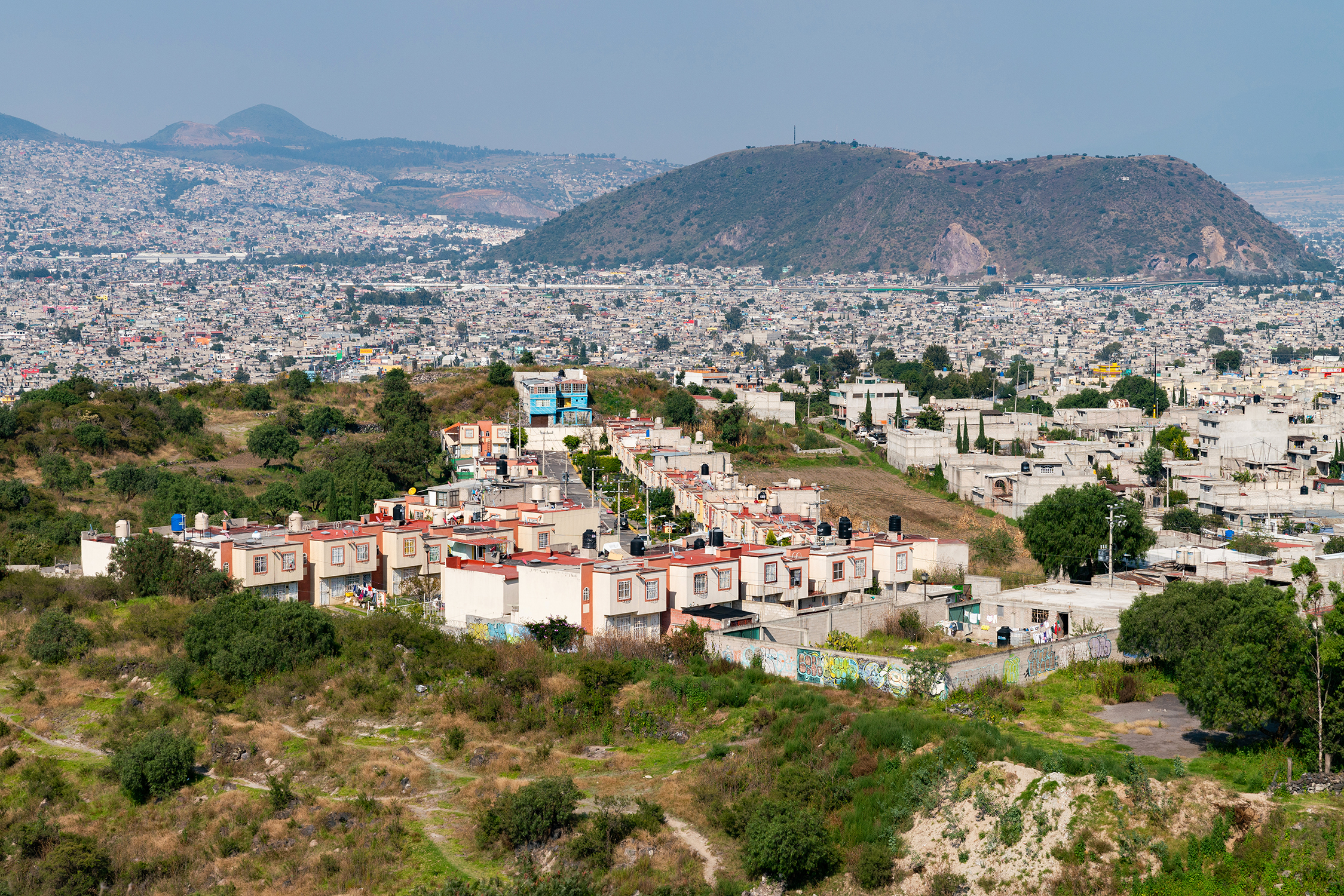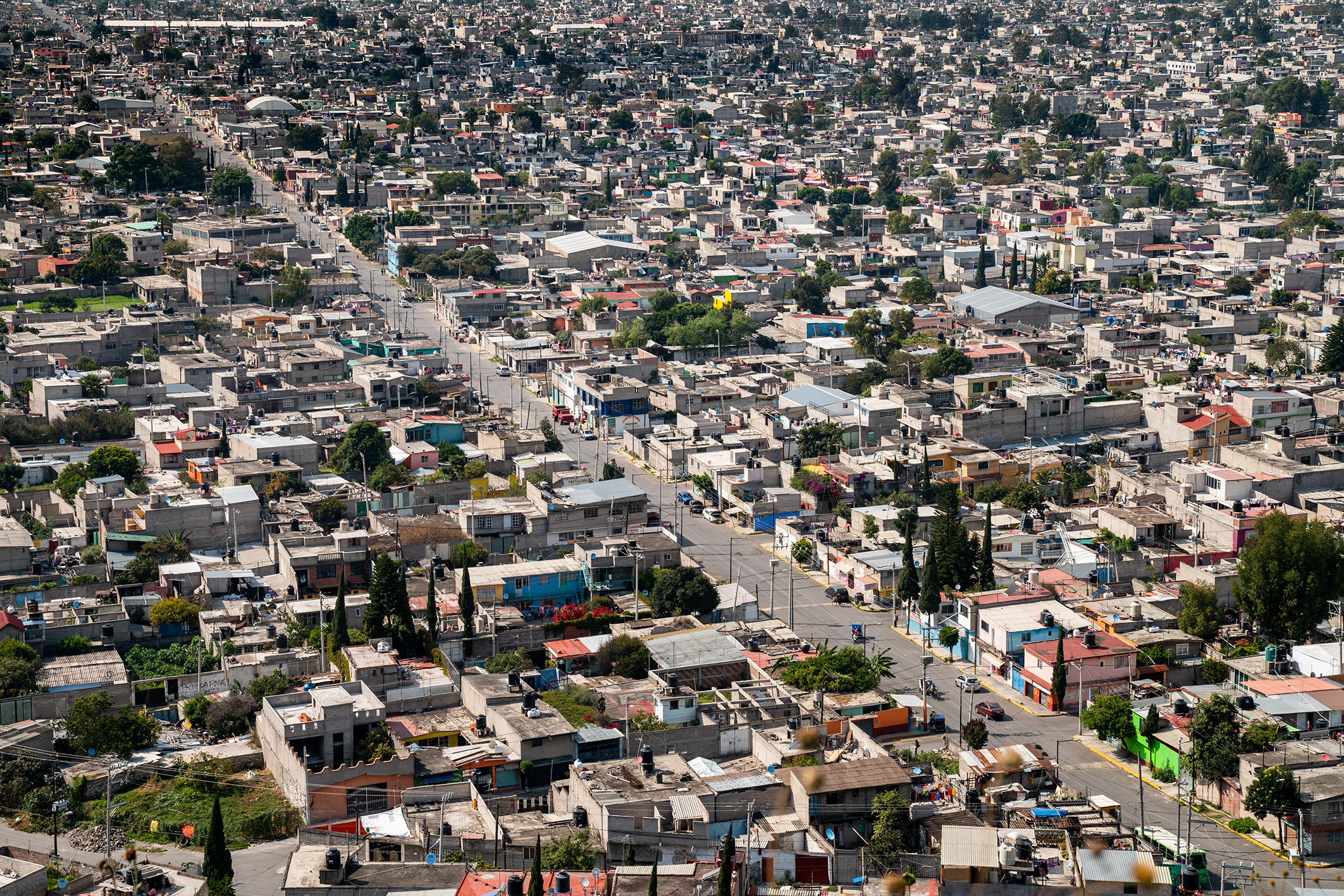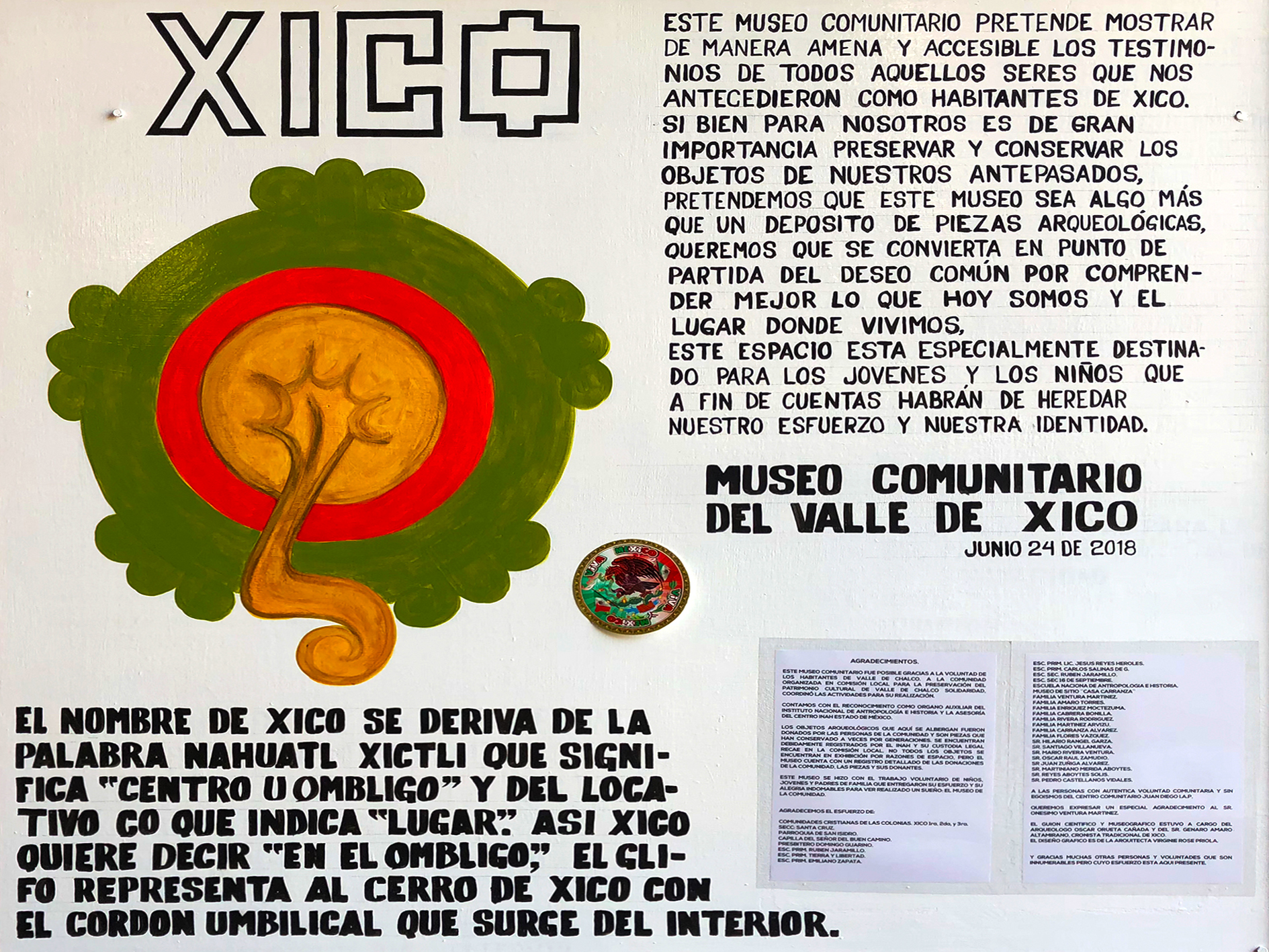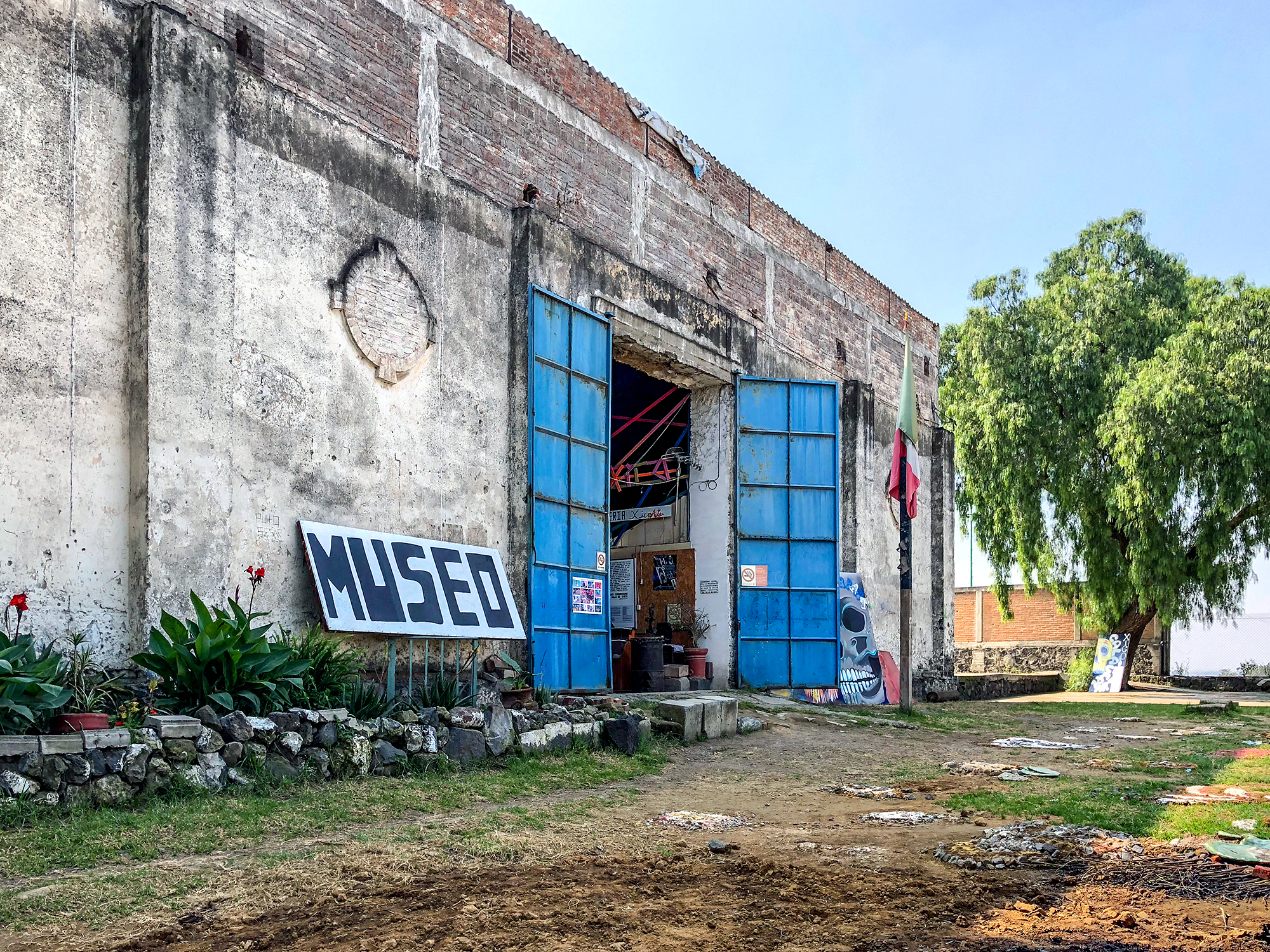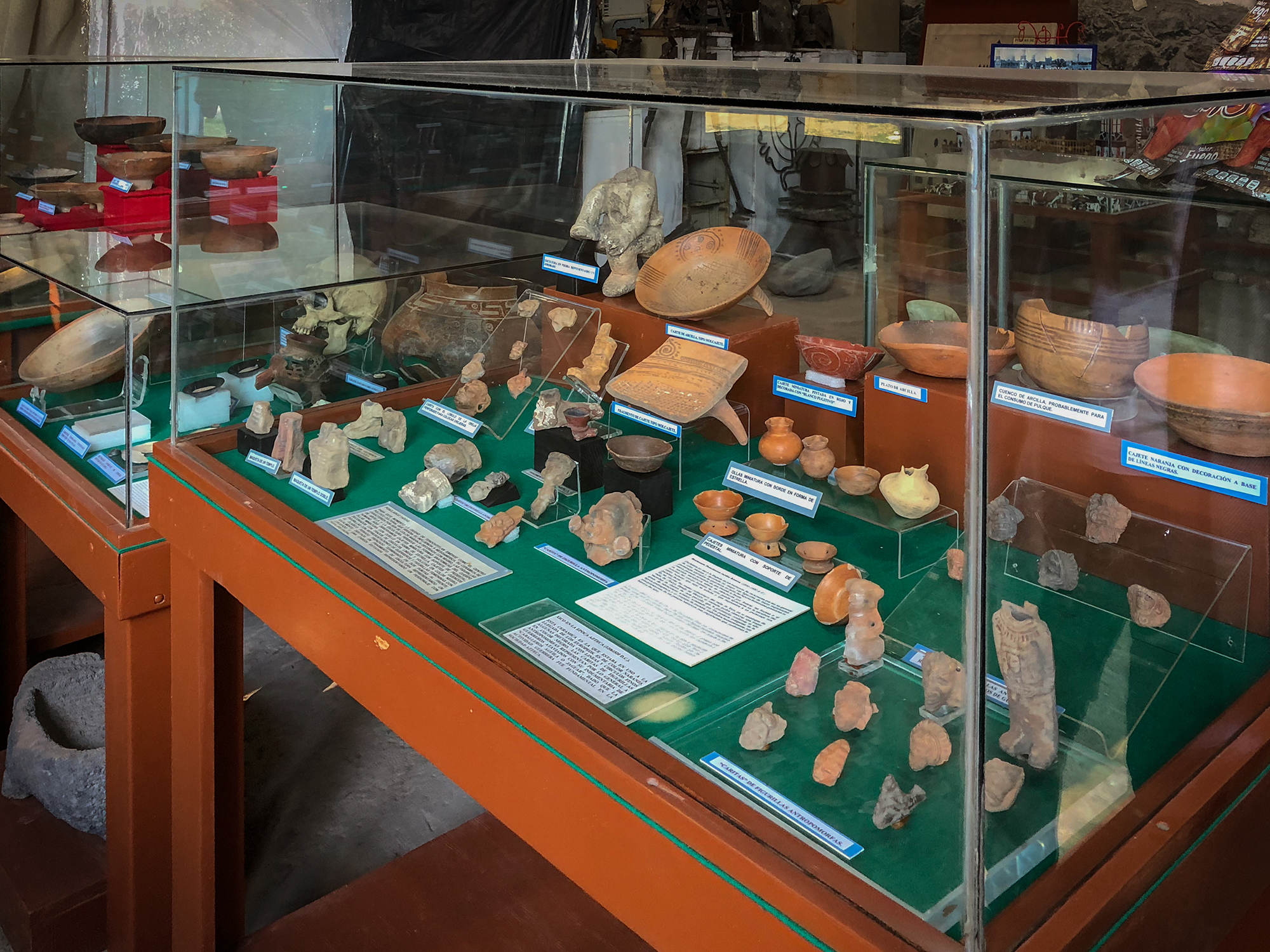The recent explorations in Brazil and Mexico, carried within the theoretical framework proposed by the Rise-Horizon 2020 Cocreation partnership, provided us with a new opportunity to reflect on the role of creativity and culture in disadvantaged neighbourhoods. This theme is implicit in our decennial exploration of modern urban peripheries, starting from the collaboration with the Havana Biennial and the Casa de la Cultura in Alamar, where we first developed in 2006 participative laboratories and artworks that would later develop into the Doble Forza film. Within the new phase of the project named Urbiquity 2018 we decided to dedicate an explicit focus to community museums and similar cultural institutions that operate in distressed and marginalised territories, often created by grassroots initiatives and with bottom-up approaches. These “museums of resistance and counter-narrative” (borrowing the definition from a network operating in Rio de Janeiro) are social structures that carry on an essential mission in contrasting the territorial stigma of peripheries and giving voice to local communities. They demand a right to the city based on cultural identity, education and self-determination. They consolidate personal storytellings of resistance and struggle into collective resources for political agency and community empowerment.
In the following we introduce two initiatives that we visited in our recent trips in Latin America, including video interviews with some of their founders. We plan to collaborate with these organisations next year to co-produce part of the Urbiquity exhibition.
Museu da Maré, Rio de Janeiro
“ If life is measured by years, days and hours, on watches and calendars, in this museum it is measured in phases, where nothing is complete and everything changing.”
The Community Museums of counter-narratives were born to build spaces of shared memory, proposing spaces and practices of resistance against the manipulaion pf the past, in the effort to contrast the appropriation of history and heritage in colonial and white terms done in National museums. Their experience starts at the end of the 1990s from the initiative of the sociologist Mario Chagas.
“The museum is the type of intervention in favelas that can prove the legitimacy of favela communities while also fighting the criminalization and discrimination they suffer.” – Mario Chagas
Maré (or Complexo da Maré), periphery north of Rio de Janeiro, is a complex of several favelas with 130.000 inhabitants stacked on 10 sq.km, one of the biggest, most disadvantaged and stigmatised territories in Brasil. Maré was born from a reclaimed shore, from which it derives its name. Here activists and local citizens created in 2006 the Museu da Maré, a community project born out of the desire to preserve memory and identity in a context of poverty and social exclusion.
The permanent exhibition, inspired by Le Calendriers of Jaques L Goff tells the story of Maré through 12 different “phases”. The collection of documents is organised along 12 thematic axes or moments, which tell about the creation of an urban identity from different perspectives and struggles:
Tempo da Água (Time of Water) / Tempo da Casa (Time of the House) / Tempo da Migração (Time of Migration) / Tempo da Resistência (Time of the Resistance)/ Tempo do Trabalho / Tempo da Festa / Tempo da Feira / Tempo da Fé (Time of Faith)/ Tempo do Cotidiano / Tempo da Criança / Tempo do Medo / Tempo do Futuro
Aside from being a place of memory and representation, the Museum is an important place of aggregation and social activities, hosting and promoting education, creativity and cultural activities.
In July 2018 we interviewed the director and one of the founders Lourenço Cézar.
Museo Comunitario del Valle de Xico, Mexico City
Valle del Chalco is a municipality in the Federal State of Mexico, at the outer limit of the Mexico City conurbation. It is built mostly without any planning process in former rural territories remediated from the existing lake by the Spanish to establish a colonial Hacienda. Here great flows of immigrants have settled starting from the ’80s, coming from all over Mexico attracted by working opportunities of the big metropolis.
The Museo Comunitario started in the ’90s when the settlers discovered archeological finds while building their houses and decided to collect them creating spontaneously a museal collection. An abandoned warehouse part of the old Hacienda de Xico was occupied and freed from debris to guest the museum.
The initiative has become a vibrant community project supporting the formation of a shared identity of the new citizens appropriating the remnants of the pre-hispanic cultures once inhabiting the territory, and a reference point for local inhabitants, artists and cultural producers.
We visited in November 2018 Valle the Chalco during the secondment for the Cocreation project and interviewed the founder of the museum Genaro Amaro Altamirano.
